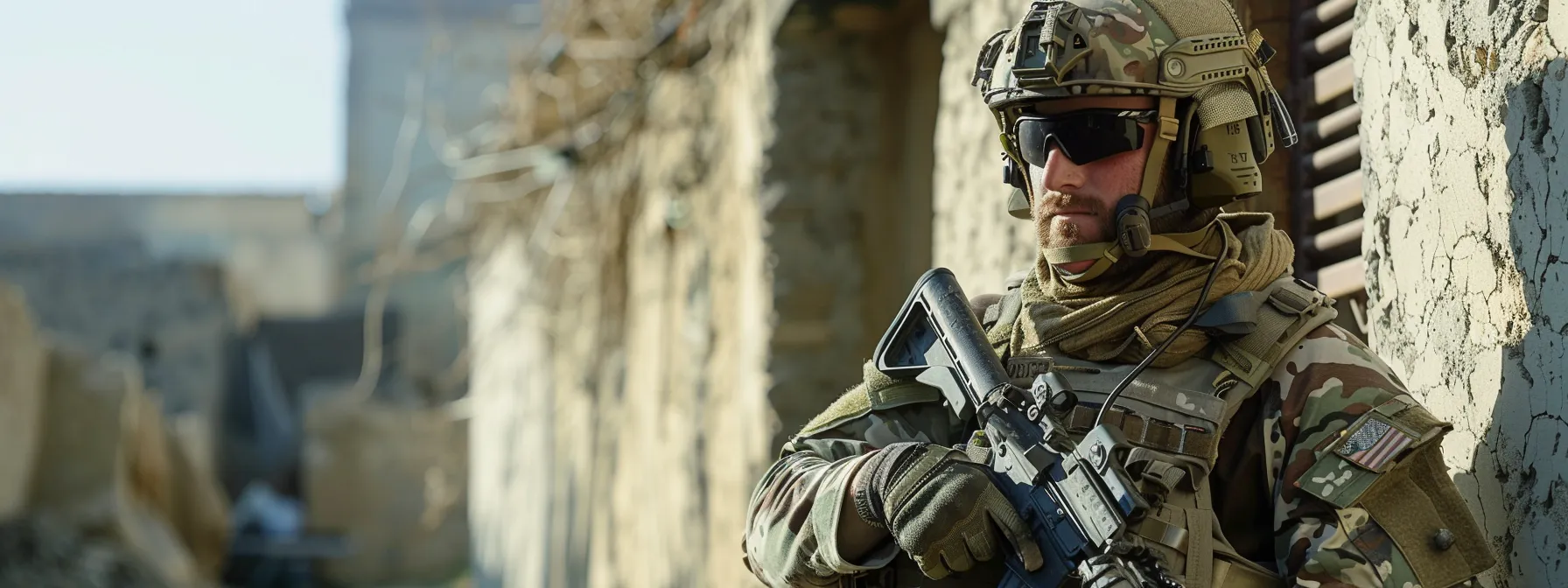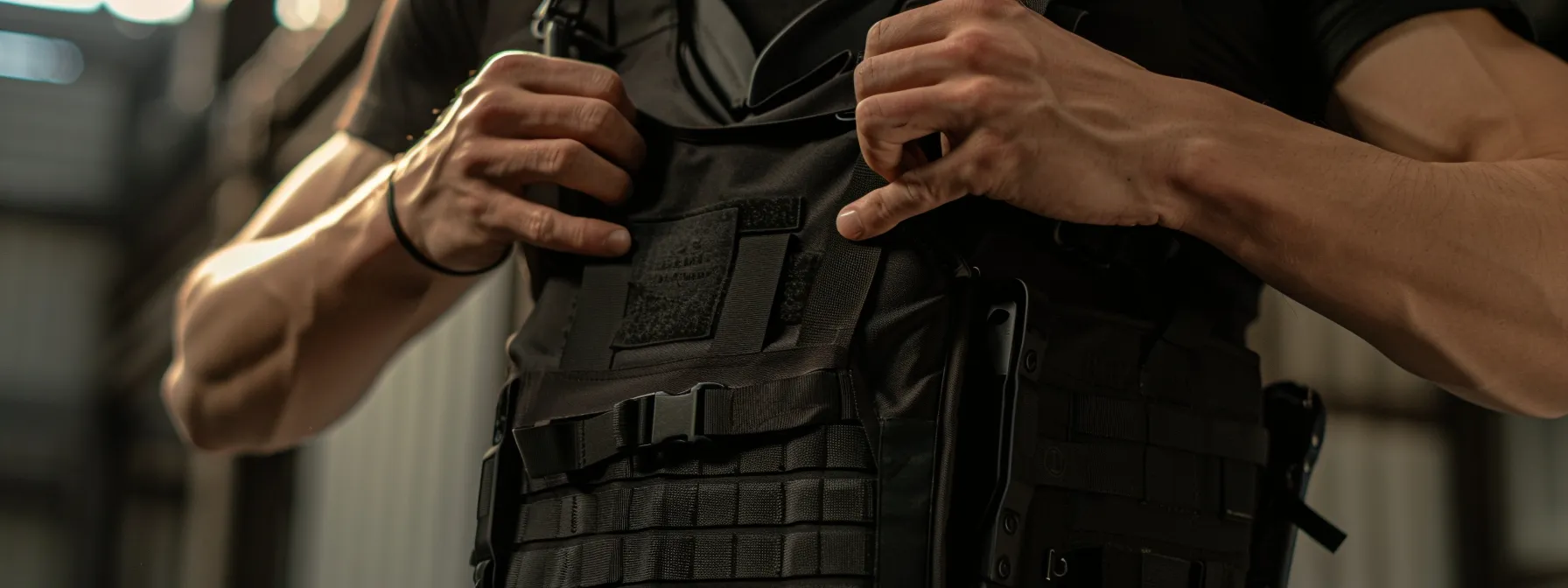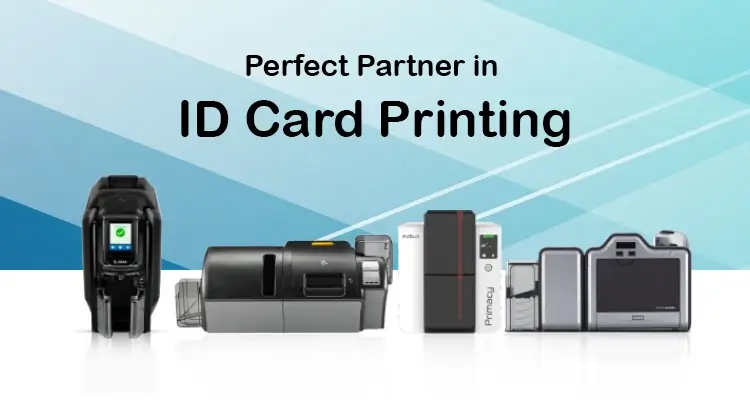Whether you’re a law enforcement officer, military personnel, or a tactical enthusiast, the importance of high-quality tactical gear cannot be overstated. Such equipment not only needs to be reliable in high-stress environments, but it should also enhance one’s ability to perform efficiently and effectively. With the vast array of choices available in the market, selecting the best tactical gear or security supplies can seem daunting.
Understanding the Essentials of Tactical Gear

“Tactical gear” is an umbrella term encompassing a wide range of equipment designed to provide functionality, protection, and support in various operational settings. Some essentials in this category include vests, belts, holsters, packs, and personal protection items like gloves and eyewear.
Before purchasing tactical gear, assess the specific needs of your mission or activity. For law enforcement and military use, gear must meet certain specifications and standards to ensure effectiveness in the field. Recreational users might look for versatility and adaptability in different environments.
Evaluating Durability and Functionality for Field Use
Durability is one of the most critical factors when selecting tactical gear. The materials used—be it nylon, Cordura, or Kevlar—should be rugged enough to withstand rough conditions without compromising performance.
In addition to the material, the construction of the gear significantly impacts its durability. Stitching patterns, seam reinforcement, and quality of hardware, such as buckles and zippers, should all be examined closely.
Functionality extends beyond just design and includes additional features that may be pivotal in the field, such as compartments for hydration systems, modularity for attaching supplemental pouches, and quick-release systems. Look for intelligently designed gear that incorporates feedback from field operatives who understand the need for practical and accessible equipment.
Comfort and Fit: The Foundations of Tactical Performance

A proper fit ensures that gear stays in place and allows for a full range of motion, crucial for responding efficiently under pressure. Start by measuring yourself accurately and consulting sizing charts, while keeping in mind the need for potential layering during different climates or situations.
Comfort goes beyond size and fit—it encompasses the overall ergonomics of the product. Padding in vests, breathable materials, adjustable straps, and overall weight distribution are factors that contribute to the wearability of gear over extended periods.
Fit and comfort are also major safety considerations. Poorly fitting gear can shift or snag at critical moments, potentially causing harm. Well-designed gear should feel like an extension of your body, facilitating rather than impeding your natural movements.
Adjustability is a significant advantage in tactical gear, allowing for a custom fit that can be altered as needed. Look for gear with flexible options that can be tuned over time, as your body or the demands of your mission change.
The Role of Technology in Modern Tactical Equipment
From the integration of ballistic materials that are both lighter and stronger to the inclusion of smart fabrics that manage temperature and sweat, the influence of technology is evident. Also, electronic enhancements like GPS tracking, communication headsets, and night vision capabilities are increasingly being incorporated into tactical gear. These tools can significantly increase situational awareness and connectivity, vital for coordinating team efforts and maintaining operational advantage.
Of course, with increased technological complexity, one must also consider the ease of maintenance and repair. Make sure you have access to the necessary support for your high-tech equipment to ensure long-term usability.
Another key factor to consider is the power source for your tech-enabled gear. Sustainable and reliable power solutions are essential for gear that you depend on in mission-critical circumstances.
Making the Right Choice: Tips on Selecting Quality Tactical Brands
Veteran brands with a proven track record of outfitting military and law enforcement personnel often maintain high standards of product performance. Conducting due diligence on a brand’s history, reviews, and endorsements from credible organizations can lead to informed choices.
User feedback and reviews provide practical insight into the longevity and operational performance of the gear. Forums, professional networks, and third-party review sites can offer more candid, in-depth feedback.
Customer service and product support are also indicators of a brand’s commitment to quality. This support is also crucial when dealing with warranties or returns—a brand willing to stand by its gear offers significant peace of mind.
While initial cost is an important factor, it’s vital to evaluate the total cost of ownership over the lifetime of the gear. Analyze the value proposition of each potential purchase in terms of its durability, warranty, and the brand’s reputation for producing quality gear.
Overall, selecting the right tactical gear is a critical decision that requires careful consideration of various factors, including durability, functionality, comfort, technological integration, and the brand’s reputation. By prioritizing these critical elements, you can ensure your investment in tactical equipment will support you reliably in any situation.



